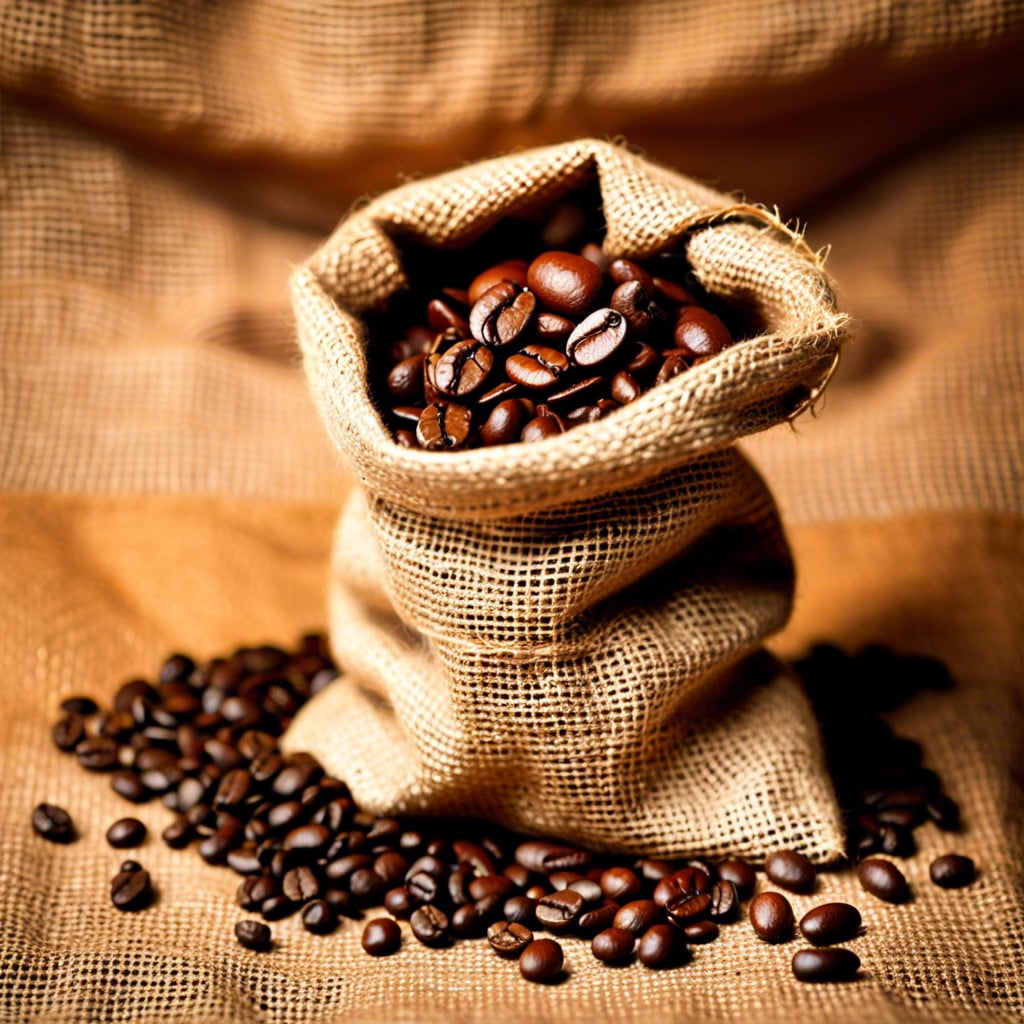Learn the correct coffee-to-water ratio to craft the perfect batch of 8 cups of coffee.
Start With Quality Coffee Beans

Selecting the right coffee beans is paramount as it sets the stage for flavor and quality. Arabica beans reign supreme for their superior taste and lower acidity. For those who enjoy a heartier bite, Robusta might be the go-to with its bold, strong characteristics.
Consider the roast profile, too. Light roasts offer bright and fruity notes, while dark roasts showcase deep, chocolatey undertones. Medium roasts strike a balance, making them a versatile choice for the average coffee drinker.
Freshness is a factor that can make or break your brew. Freshly roasted beans exude the most flavor. Where possible, opt for beans roasted within the past two weeks and buy whole beans to grind yourself just before brewing. This practice preserves the oils and aroma, guaranteeing a more flavorful cup.
Finally, think local. Local roasters often provide higher quality beans, and they can offer valuable advice on the perfect choice for your palate. Supporting local businesses has a charm of its own, brewing up not just a cup of coffee, but also a sense of community.
Determine Your Desired Strength
Personal preference takes the driver’s seat in defining the potency of your brew. Are you a “mild mannered” coffee drinker or does your palate crave a strong, bold cup that can stand up on its own? A conventional cup of coffee is typically made with about two tablespoons of coffee grounds per six ounces of water. Yet, this is not a one-size-fits-all situation.
- For a lighter coffee, a good starting point is to use 1.5 tablespoons of coffee grounds for every six ounces of water.
- If you seek a more full-bodied, stronger cup, feel free to start with 2.5 tablespoons per six ounces of water.
- Keep in mind that the type of coffee bean and roast level can also sway the strength and flavor profile of your cup. Darker roasts inherently come through stronger in taste.
Remember, the magic is in the experimentation. Adjust the ratios until you hit the goldilocks zone of coffee strength that’s “just right” for your taste buds.
Calculating the Amount of Coffee Grounds
Stick to the golden ratio: one to two tablespoons of coffee grounds for every six ounces of water. This rule of thumb will guide you, but personal taste plays a pivotal role. For eight cups, you’ll need about 16 tablespoons or one cup of coffee grounds, depending on how strong you like your brew.
Precision leads to perfection. Use a digital scale for accuracy if you prefer a more scientific approach. For eight cups, the scale should read between 90 and 120 grams.
Remember, these measurements suit the standard American 8-ounce cup. Coffee enthusiasts using larger mugs or different measurement systems, adjust accordingly.
Lastly, the freshness of your grounds affects the potency of your brew. Freshly ground coffee may require slight adjustments to amounts, so trust your palate and experiment to achieve that perfect cup.
Measuring Coffee for 8 Cups of Drip Coffee
For a standard drip coffee maker, the golden ratio recommended by experts floats around 1 to 2 tablespoons of coffee grounds per 6 ounces of water. When preparing 8 cups, (remember, a cup in coffee speak is typically 6 ounces, not 8), you’ll want a total of about 12 to 24 tablespoons or roughly 72 to 144 grams. Keeping the coffee-to-water ratio balanced ensures your brew is neither too strong nor too weak.
Weighing your coffee grounds with a scale can significantly improve accuracy. This extra step avoids the pitfalls of volume measurement, such as inconsistency due to the grounds’ level of coarseness. If you’re in a bind or don’t have a scale, use the spoon method, but level each scoop to keep the amount as consistent as possible. Remember, precision is key to a perfect cup.
Experiment within this range to find your personal preference, which could be influenced by the type of beans, their roast level, and even your mood for the day. Coffee is a personal experience, and the ‘perfect’ strength is subjective. Take notes on what ratios you favor for future reference. This proactive approach makes every brew better than the last.
Grind Size and Brewing Method
Different brewing methods call for different grind sizes. Think of grind size as you would the coarseness of sea salt versus table salt. For a French press, you’ll want a coarser grind, similar to breadcrumbs, to prevent sediment in your cup. Espresso, on the other hand, requires a fine grind, as powdery as flour, to achieve a rich and creamy shot.
The method you choose directly impacts the extraction process. Coarse grinds extract flavors slowly, perfect for long steep times, while fine grinds react quickly, suited for rapid high-pressure espresso machines.
Remember that consistency is your friend here. Burr grinders are precision tools that deliver uniformity, leading to a balanced extraction and a harmonious cup. Blade grinders can create uneven particles, potentially causing over-extraction of some and under-extraction of others.
Adjust your grind to match your method: coarse for French press and cold brew, medium for drip coffee makers, and fine for espresso. This ensures optimal contact time between water and coffee grounds, paving the way for that marvelous, heartwarming brew.